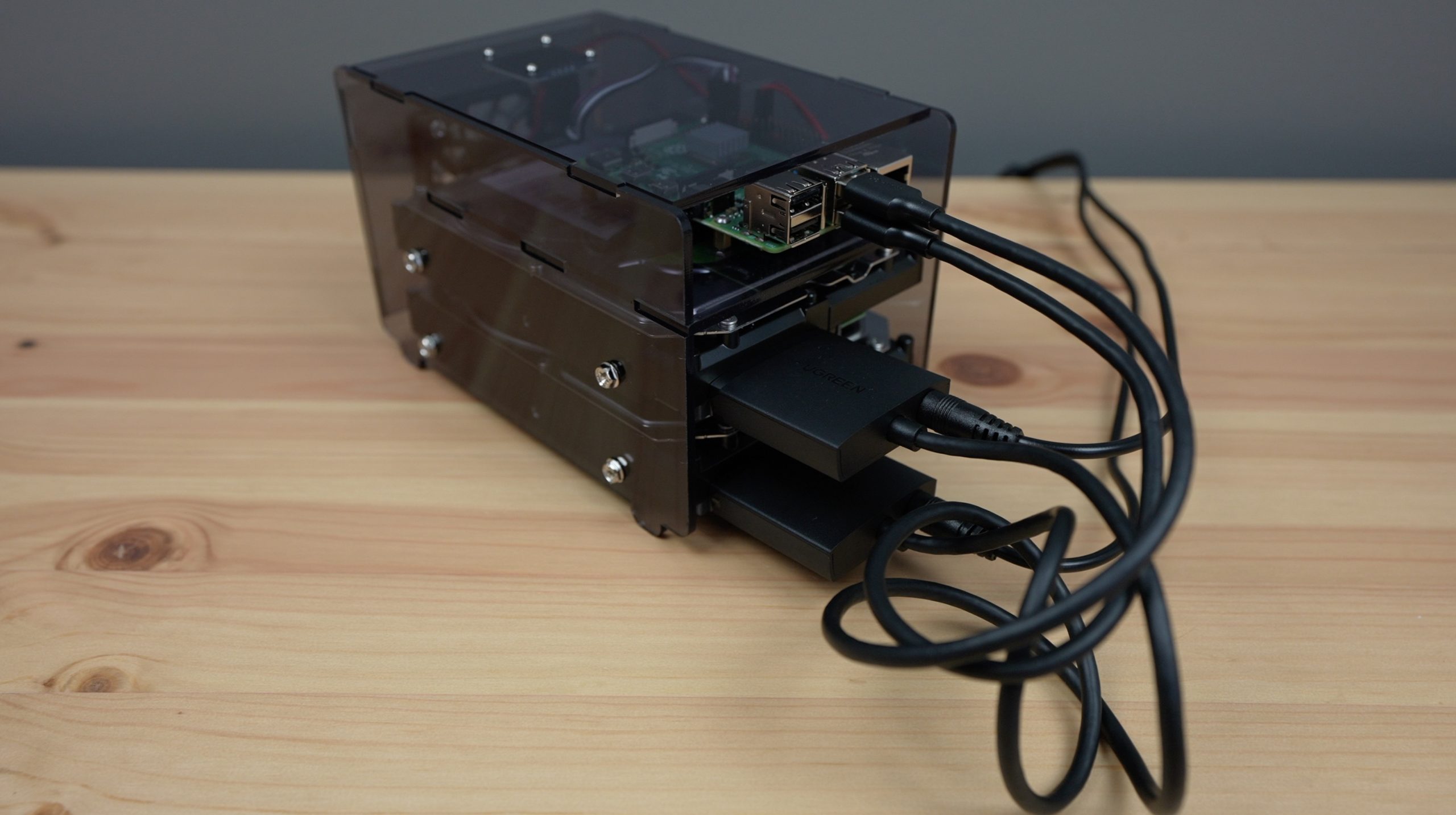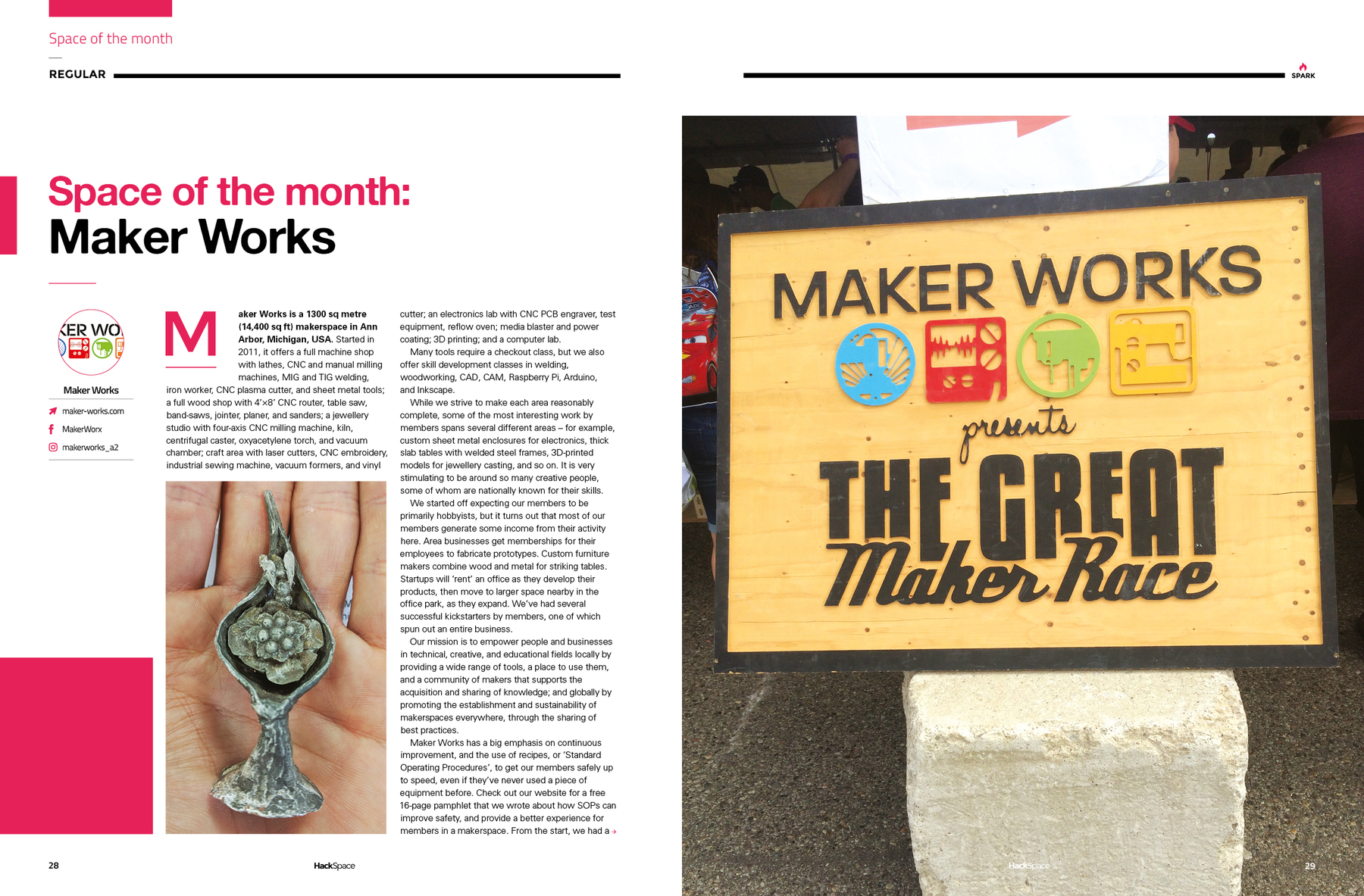As technology advances, the Raspberry Pi has emerged as a leading platform for crafting groundbreaking IoT (Internet of Things) projects. If you're searching for the best Raspberry Pi remote IoT free solutions, this comprehensive guide will provide you with all the essential information. Whether you're just starting out or you're an experienced developer, learning how to harness the potential of Raspberry Pi for remote IoT applications can elevate your projects to new heights.
The Raspberry Pi is more than just a compact computer—it’s a highly adaptable tool capable of constructing smart home systems, remote monitoring solutions, automation tools, and much more. By combining it with IoT technologies, you can develop powerful and budget-friendly projects that deliver exceptional value.
In this article, we’ll delve into the top free solutions for Raspberry Pi remote IoT setups, analyze their features, and offer practical advice to assist you in getting started. Whether you're constructing a weather station, a security camera, or an automated irrigation system, this guide will provide you with the knowledge to select the ideal Raspberry Pi remote IoT free solution for your requirements.
Read also:Exploring The Impact Of Nicki Minaj Leaks On Her Career And Legacy
Table of Contents
- Introduction
- Raspberry Pi Overview
- Benefits of IoT with Raspberry Pi
- Best Raspberry Pi Remote IoT Free Solutions
- Step-by-Step Setup Guide
- Software Options for Remote IoT
- Security Considerations
- Optimization Tips for Raspberry Pi IoT Projects
- Real-World Use Cases
- Troubleshooting Common Issues
- Conclusion
Exploring the Raspberry Pi
The Raspberry Pi is a small yet powerful computer that has captured the hearts of hobbyists, educators, and professionals worldwide. Its affordability, versatility, and user-friendly design make it an exceptional choice for a wide array of applications, particularly in the IoT domain.
Some of the standout features of the Raspberry Pi include:
- Compact size and minimal power consumption
- Support for various operating systems
- Compatibility with a broad spectrum of sensors and peripherals
- Extensive community support and comprehensive documentation
When paired with IoT technologies, the Raspberry Pi transforms into a potent instrument for creating remote monitoring and automation systems. Whether you're designing a smart home solution or a remote weather station, the Raspberry Pi provides the flexibility and performance required to bring your ideas to life.
The Advantages of IoT Integration with Raspberry Pi
Merging IoT with Raspberry Pi brings a multitude of benefits to your projects. Below are some of the primary advantages:
1. Economical Solutions
Raspberry Pi offers an affordable method to construct IoT projects without the need for costly hardware. Its reasonable price point makes it accessible to hobbyists and small-scale developers alike.
2. Adaptability and Scalability
With Raspberry Pi, you can effortlessly scale your projects from basic prototypes to sophisticated systems. Its compatibility with numerous sensors and peripherals ensures that it can be tailored to fit your specific requirements.
Read also:Nidal Alhamdani A Beacon Of Resilience And Inspiration
3. Robust Community Support
The Raspberry Pi community is expansive and highly active, offering a wealth of resources, tutorials, and forums where you can seek assistance and share insights.
Top Raspberry Pi Remote IoT Free Solutions
When selecting the best Raspberry Pi remote IoT free solutions, there are several options to explore. Here are some of the leading choices:
1. Home Assistant
Home Assistant is a well-known open-source platform for home automation and IoT integration. It enables you to control and monitor a variety of smart devices from a single interface, making it an outstanding choice for Raspberry Pi remote IoT projects.
2. Node-RED
Node-RED is a visual programming tool that simplifies the creation of IoT workflows. It integrates seamlessly with Raspberry Pi and provides a user-friendly interface for designing intricate automation systems.
3. MQTT
MQTT (Message Queuing Telemetry Transport) is a lightweight messaging protocol ideal for IoT applications. It facilitates efficient communication between Raspberry Pi devices and remote servers, making it perfect for remote IoT setups.
Comprehensive Setup Guide
Configuring a Raspberry Pi for remote IoT applications involves several steps. Below is a detailed guide to assist you in getting started:
Step 1: Installing the Operating System
Begin by installing the latest version of Raspberry Pi OS on your device. You can download the image from the official Raspberry Pi website and use a tool like Etcher to flash it onto an SD card.
Step 2: Connecting to Wi-Fi
Make sure your Raspberry Pi is connected to your Wi-Fi network. You can configure the Wi-Fi settings during the initial setup or edit the wpa_supplicant.conf file directly.
Step 3: Configuring IoT Software
Select the IoT software that aligns best with your project and install it on your Raspberry Pi. Whether it's Home Assistant, Node-RED, or MQTT, adhere to the official documentation to configure the software appropriately.
Software Options for Remote IoT
There are numerous software options available for Raspberry Pi remote IoT projects. Here's a concise overview:
- Home Assistant: Perfect for home automation and remote monitoring.
- Node-RED: Ideal for designing complex workflows and automations.
- MQTT: Suitable for lightweight messaging and communication between devices.
- OpenHAB: A versatile platform for smart home automation and IoT integration.
Essential Security Measures
Security is a crucial component of any IoT project. When setting up Raspberry Pi for remote IoT applications, consider the following security measures:
- Employ strong passwords and enable two-factor authentication.
- Regularly update your software and firmware to safeguard against vulnerabilities.
- Utilize encryption for data transmission to ensure secure communication.
- Implement firewalls and access controls to prevent unauthorized access.
Optimization Strategies for Raspberry Pi IoT Projects
To maximize the potential of your Raspberry Pi IoT projects, consider these optimization tips:
1. Write Efficient Code
Develop optimized code to minimize resource consumption and enhance performance. Avoid unnecessary computations and utilize efficient algorithms whenever feasible.
2. Incorporate Cloud Services
Integrate cloud services for data storage, processing, and analysis. Platforms like AWS IoT and Google Cloud IoT offer scalable solutions for remote IoT applications.
3. Monitor System Performance
Regularly monitor the performance of your Raspberry Pi to detect bottlenecks and optimize resource usage. Tools like htop and glances can assist you in tracking system metrics in real time.
Practical Real-World Use Cases
Raspberry Pi remote IoT projects have diverse applications across various industries. Here are some practical use cases:
1. Smart Home Automation
Construct a smart home system that permits you to control lighting, temperature, and security systems remotely using Raspberry Pi and IoT technologies.
2. Remote Weather Station
Build a remote weather station that gathers and transmits real-time weather data using sensors connected to a Raspberry Pi.
3. Automated Irrigation System
Develop an automated irrigation system that monitors soil moisture levels and regulates water flow based on predefined conditions.
Addressing Common Issues
When working with Raspberry Pi remote IoT projects, you may encounter some typical problems. Here's how to troubleshoot them:
- Connection Problems: Ensure your Raspberry Pi is correctly connected to the Wi-Fi network and verify the network settings.
- Software Errors: Refer to the official documentation and forums for troubleshooting tips specific to the software you're utilizing.
- Hardware Failures: Inspect your Raspberry Pi and connected peripherals for any signs of damage or malfunction.
Final Thoughts
In summary, the best Raspberry Pi remote IoT free solutions provide a powerful and cost-effective means to develop innovative projects. By leveraging platforms like Home Assistant, Node-RED, and MQTT, you can create intelligent systems that enhance your daily life and boost efficiency.
We encourage you to further explore these solutions and experiment with different configurations to find the optimal setup for your needs. Don’t hesitate to share your experiences and projects with the community, as it fosters collective learning and growth.
Feel free to leave a comment below or share this article with your friends and colleagues. For more information on Raspberry Pi and IoT, explore our other articles on the website. Happy building!


